Pinpointing earthquake hotspots
5 December 2012
The Earth is covered by what geoscientists call ‘tectonic plates’ that are constantly moving across the surface of the planet, but too slowly for us to notice. Some of them are sliding under other plates, while others are splitting apart. This process has been going on since the formation of the Earth, and is responsible for creating the famous single landmass called Pangea around 300 million years ago. When one plate slides under another, it’s called subduction, and the area where that happens is a subduction zone. During subduction, the two plates grind past each other and cause subduction earthquakes – the strongest type of earthquakes. Australia-based geoscientists Dietmar Müller and Thomas Landgrebe studied the places on the Earth’s surface where subduction earthquakes have occurred in the past century. They found that the strongest earthquakes have occurred where cracks on the seafloor (called fracture zones) overlap the subduction zones. Dietmar and Thomas studied over 1,500 earthquakes, comparing which locations had fracture zones nearest to the earthquake. Dietmar and Thomas think that the fracture zones cause more pressure between the plates when one sinks under the other, so that the plates stick together. When they finally become unstuck, lots of energy is released causing a very strong earthquake. This study is important because it allows scientists to understand better what areas of the world are at risk of strong earthquakes – even if they don’t happen very often.Print version
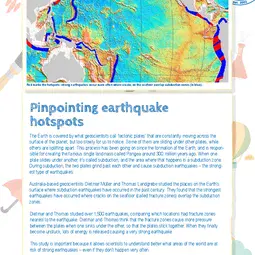
This is a kids' version of the EGU article: 'Pinpointing earthquake hotspots'. It was written by Jane Robb and reviewed for scientific content by Ioannis Baziotis and Matthew Agius and for educational content by Abigail Morton.
Translations
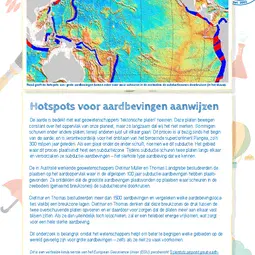
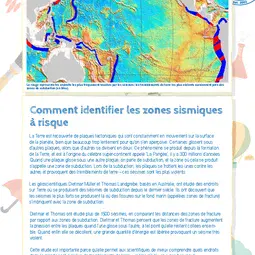
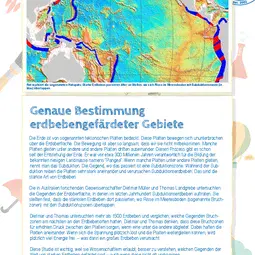
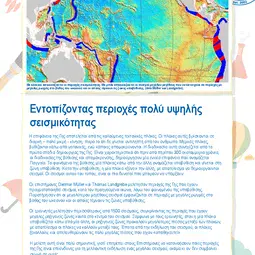
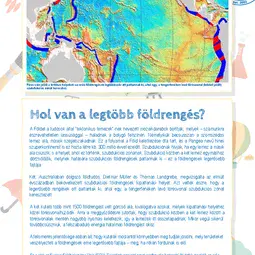
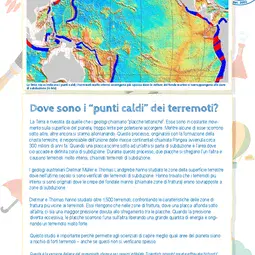
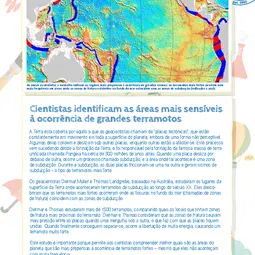
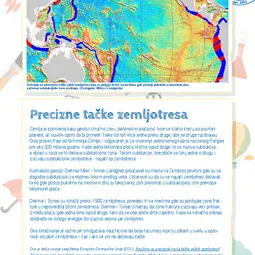
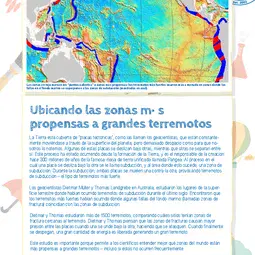
All English-language Planet Press releases are carefully edited, reviewed and proofed, by scientists, educators and EGU staff. Please note that once translated, Planet Press releases receive no further checks from EGU staff. For this reason, we cannot guarantee their accuracy, though we trust the quality of our voluntary translators and are grateful for their work.

